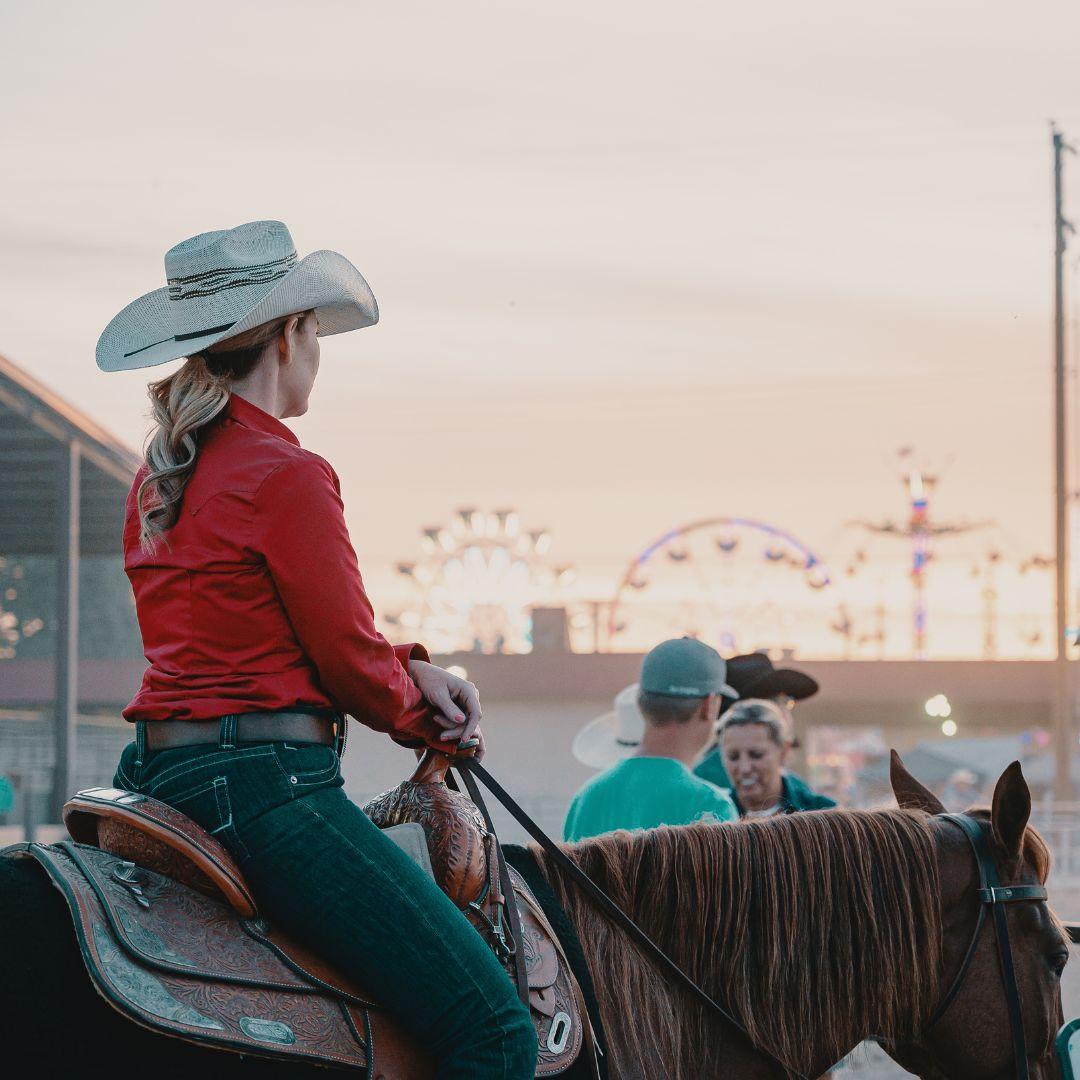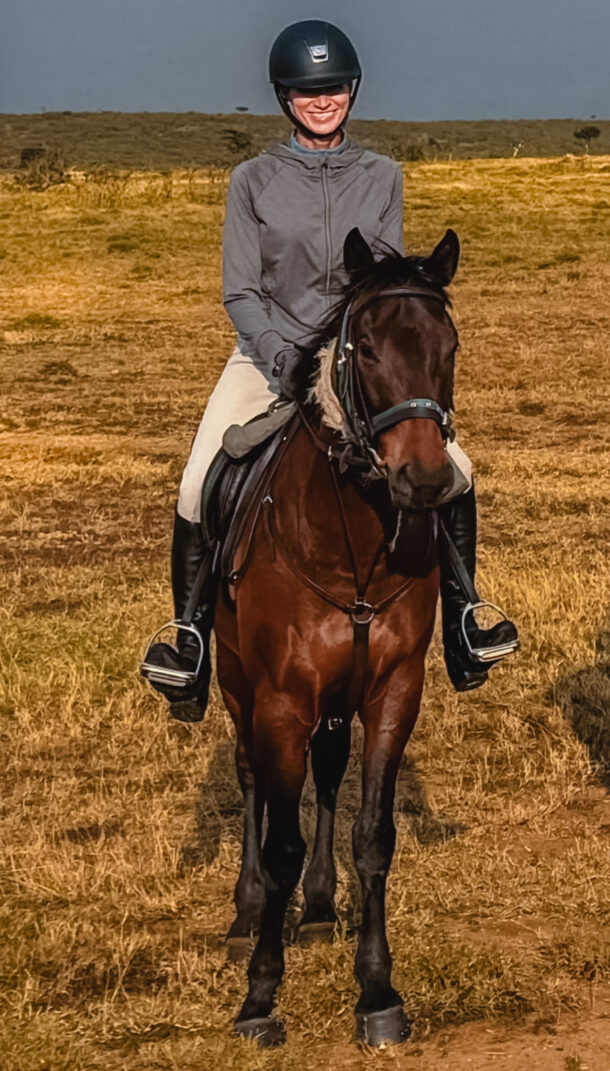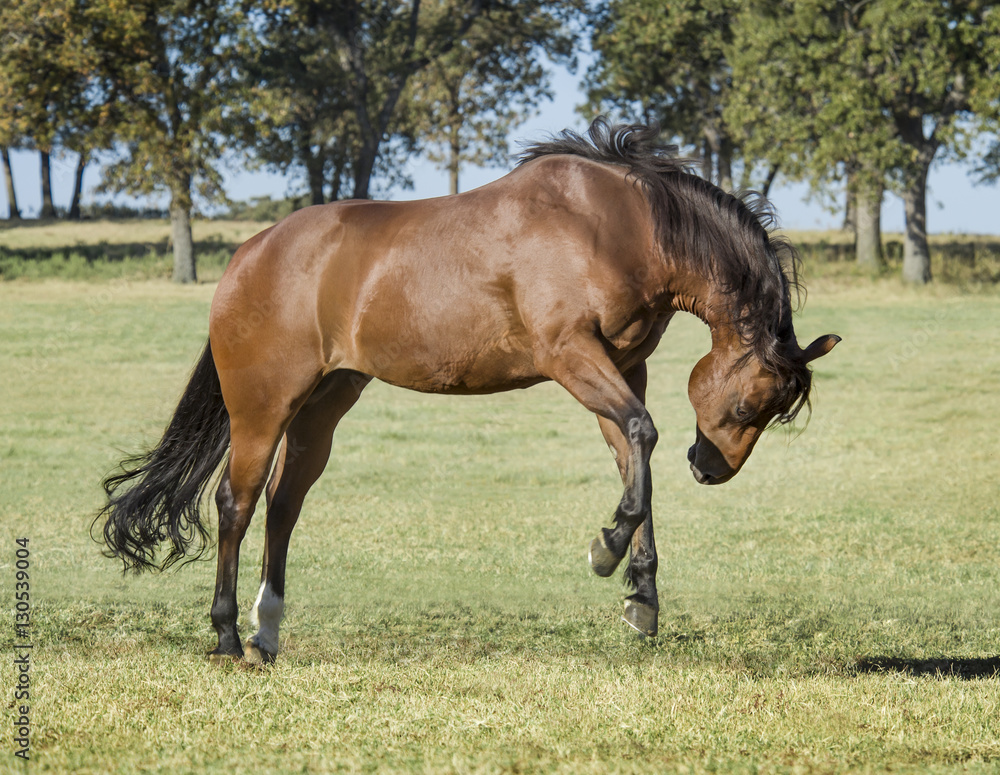Riding a Hot Horse: Control Without Conflict

Riding a hot horse can be both exhilarating and challenging. A “hot horse” typically refers to a horse that is energetic, sensitive, and sometimes reactive, requiring a rider to maintain control without escalating tension or conflict. This article explores effective strategies to achieve harmony and control while riding such spirited horses.
Understanding a Hot Horse

A hot horse is characterized by high energy levels, quick reactions, and heightened sensitivity to stimuli. These horses may spook easily, respond rapidly to cues, and sometimes exhibit nervous or anxious behavior. Understanding these traits is crucial for developing a riding approach that prioritizes calmness and clear communication.
Key Principles for Riding Without Conflict
| Principle | Description |
|---|---|
| Patience | Allow the horse time to process commands and respond without rushing. |
| Consistency | Use consistent cues and signals to avoid confusing the horse. |
| Calmness | Maintain a relaxed demeanor to help soothe the horse’s nerves. |
| Clear Communication | Use precise aids (leg, hand, seat) to convey your intentions clearly. |
| Positive Reinforcement | Reward desired behaviors promptly to encourage repetition. |
Techniques to Maintain Control
- Soft Hands: Avoid harsh rein pulls; use gentle, steady contact to guide the horse.
- Balanced Seat: Keep your weight centered and balanced to provide stability.
- Rhythmic Breathing: Synchronize your breathing with the horse’s movement to promote relaxation.
- Pre-ride Warm-up: Engage in groundwork or light exercises to expend excess energy.
Common Challenges and Solutions
| Challenge | Solution |
|---|---|
| Spooking | Stay calm, avoid sudden movements, and redirect attention with gentle cues. |
| Bolting | Use a secure seat and rein control; practice emergency stops in a controlled environment. |
| Resistance to Commands | Break tasks into smaller steps and reward incremental progress. |
Frequently Asked Questions (FAQ)
Q1: How can I tell if my horse is “hot”?
A: Signs include high energy, quick reactions, nervousness, and sensitivity to touch or sound.
Q2: What should I avoid when riding a hot horse?
A: Avoid harsh corrections, rushing commands, and inconsistent signals that can increase anxiety.
Q3: Can training help calm a hot horse?
A: Yes, consistent training focusing on trust and clear communication can significantly improve behavior.
Conclusion
Riding a hot horse requires a blend of patience, clear communication, and calm control. By understanding your horse’s nature and applying thoughtful techniques, you can enjoy a harmonious riding experience without conflict.
This article provides a structured, SEO-friendly approach to the topic, incorporating tables, lists, and FAQs to enhance readability and engagement.
